189A few years ago, I needed to take some hand woodworking tools along to a boatbuilding project. My tools live on shelves in the cellar or in tool bags. My tool bags weren’t big enough to carry everything; I needed a tool tote that could carry handsaws, long chisels, and bar clamps. Most of the totes that I had seen were too small, and their joiner work was well beyond my skill level.
Then I remembered one of Joe Liener’s totes. A master builder, Joe ran the Philadelphia Naval Yard’s small-boat shop before its conversion to fiberglass work. He had a complete shop in his basement, which included his massive tool chest, big enough that it took two to carry or steal it. From it, he’d pull the tools needed to do a day’s job and load them into one of his totes. One of them had two features that I remembered well and have not seen on totes now common: You could use it as a low sawhorse, a step stool to reach things overhead, and a seat when working underneath a boat or stopping for lunch. It also had a wide board for the top, offset, with a handle hole cut in the center. The box is long enough to take handsaws; they get stowed under the top. Smaller tools go on the other side, where the access is unhampered.
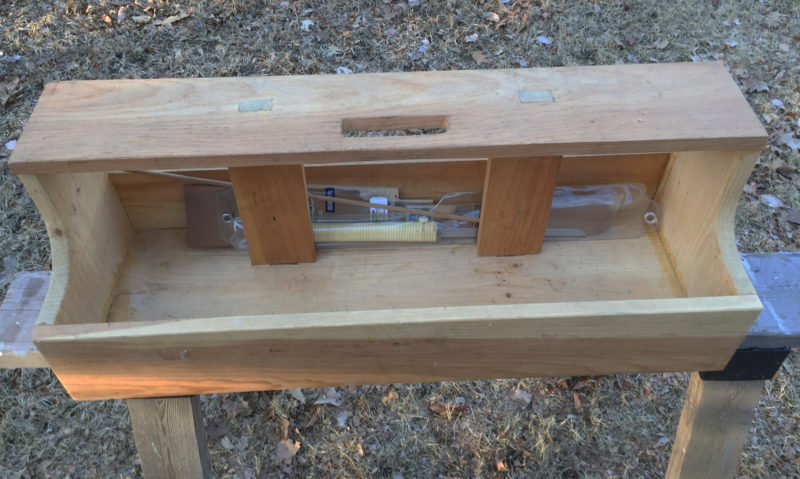 Ben Fuller
Ben FullerThe pillars separate the saws from other tools and support the top when it is used as a step or a stool.
Joe’s totes would have had much nicer joinery than anything I could come up with, built of carefully selected materials. I built out of what I had handy, so it would be butt joints, glue and screws, with no planing or finishing. Four mortise-and-tenon joints are needed for weight-bearing pillars.
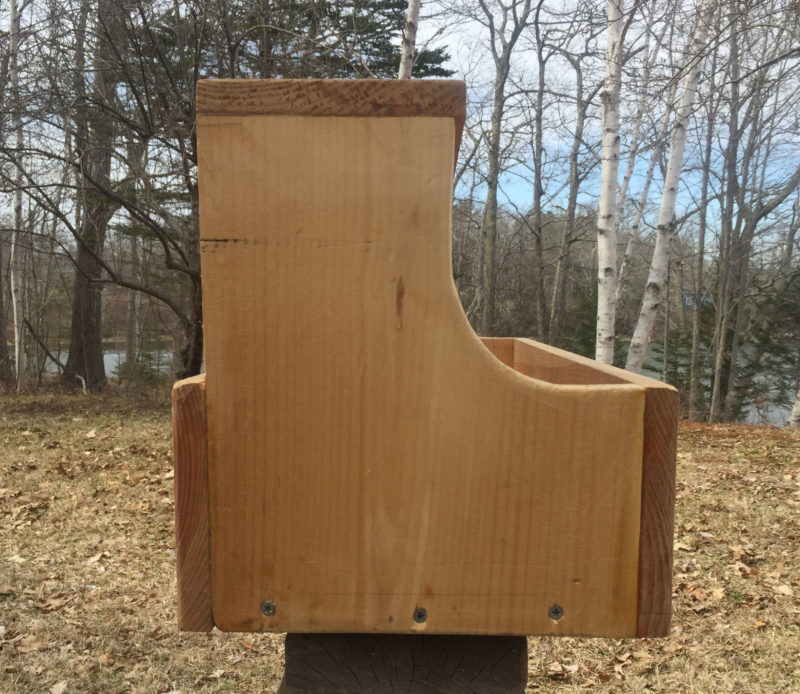 Ben Fuller
Ben FullerThe tool tote can be built quickly with hand tools and assembled simply with screws and glue.
I had a nice 1×10 (nominal) pine board which made the ends and the bottom, and a 1×6 board for the sides and the top. I made the ends 11-1/4″ tall for an overall height of 12″. The bottom is 32″ long and the top is 33 1/2″. The pillars that support the top and separate the saws from the other tools are made from 1×4. I kept the construction of the tote simple, something that could be done with just handsaws and a chisel. If you have a better-equipped shop than I do, you might do a simple box joint or a dovetail joint between the ends and the bottom. (I’m pretty sure that Joe would have hidden the end-grain—that would have been neater. With a wider bottom and ends you could cut rabbets to set the sides in and have their end-grain covered.)
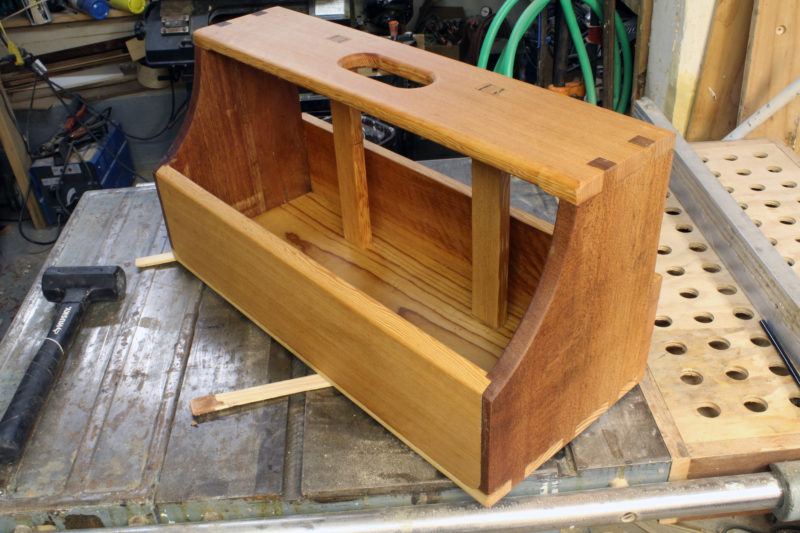 Christopher Cunningham, Editor
Christopher Cunningham, EditorThe tote can also be as fancy as you like. Joe most likely would have kept dovetail or finger joints simple and covered end grain with rabbeted joints. This box is just 24″ long.
Everything was fit dry. Then the bottom, ends, pillars, and top were glued together using bar clamps. The sides go on in a second gluing operation.
My 1×10 provides an interior width of 9-1/4″, and a length of 32″, which is ample room for a 2′ level, a handsaw, and some quick-release bar clamps. I’ve kept my tote open so I can use it for different tools for different projects. For painting jobs, the plain interior accommodates several quarts of paint, thinner, brushes, and brush-cleaning cans.
Making your own version of Joe Liener’s tool tote could be a good project for passing the time during social distancing. You can make it simple, as I did, or make a nicer one with dividers to separate tools and racks for small stuff like pencils and small chisels.![]()
Ben Fuller, curator of the Penobscot Marine Museum in Searsport, Maine, has been messing about in small boats for a very long time. He is owned by a dozen or more boats ranging from an International Canoe to a faering.
You can share your tips and tricks of the trade with other Small Boats Magazine readers by sending us an email.
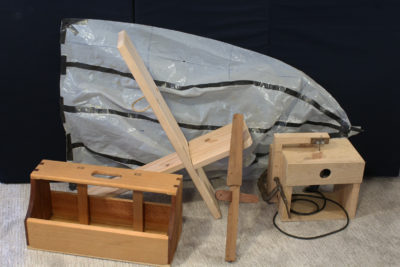



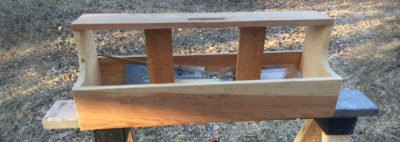
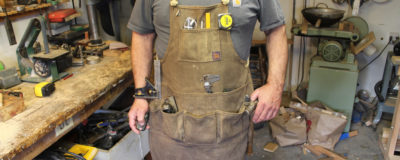
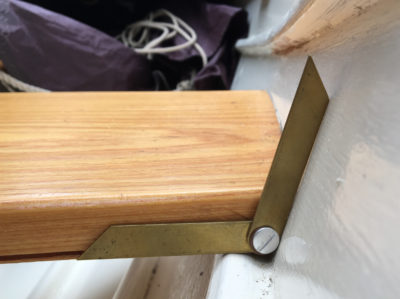




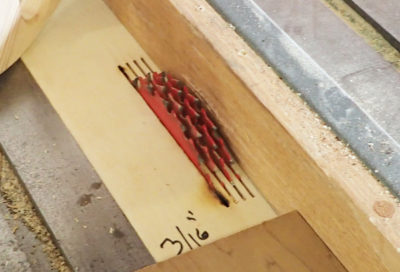
Very nice concept. It is always a hassle to try to carry bar clamps, saws and edge tools in one container. This is a nice idea, and I will build one soon. thanks for the idea. As with any such device of wood for tools or whatever, mine will doubtless be a bit different, but that is what makes fondling such devices such fun.
I had to make one of these. It is extremely useful and not heavy.

Oh boy, one more thing to add to my to-do list! I’am sure I will be glad that I made it when I get done. Thanks for the idea!